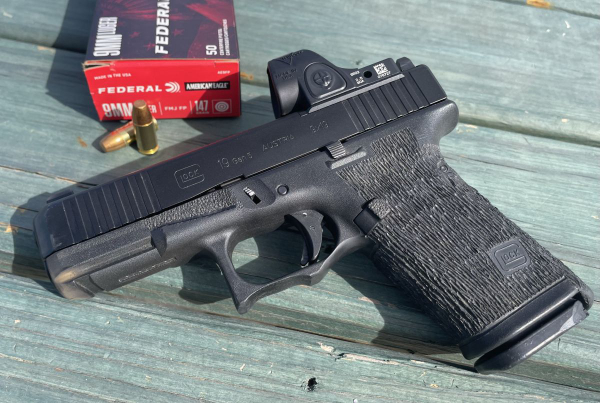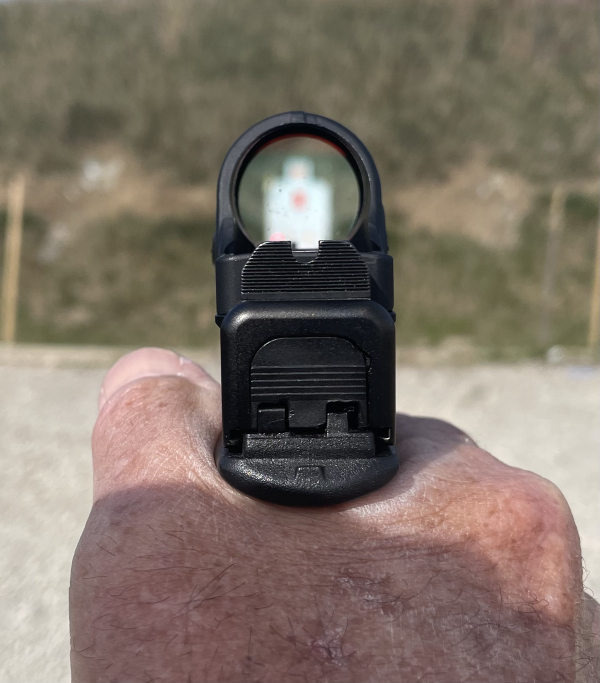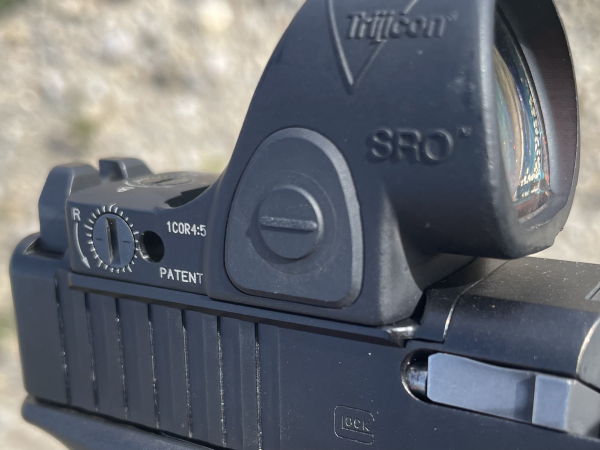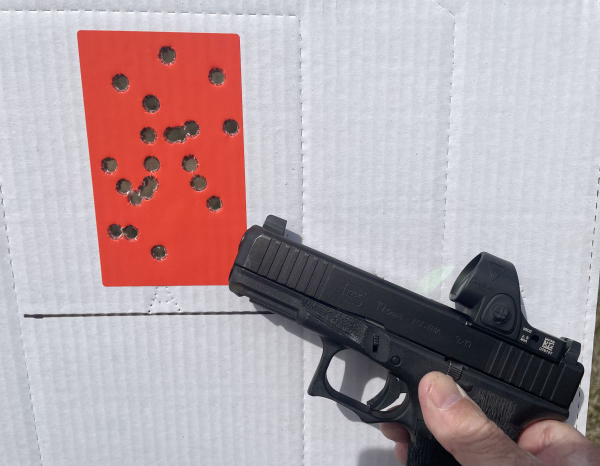Today’s piece is from correspondent Dave Spaulding.
In the mid-1990’s, I started to get interested in the AR-15 platform. I saw it as the future long gun of American law enforcement, a vision that has come to pass. When I was in SWAT, our long guns were the HK MP-5 and the Steyr AUG-P, so I had no background with the AR. I bought several models and attended several courses at the best training facilities including Thunder Ranch, Gunsite, Blackwater and the Tactical Defense institute. I also took training from several of the popular traveling trainers as well as a few armorer courses. I gained some solid information on the platform, including which accessories were useful.

Before I left for each course, I took the time to learn as much as I could about the institution’s thoughts on the gun. For example, Clint Smith was a solid believer in iron sights, so when I attended Urban Rifle, I used the irons. However, the former military guys at Blackwater were certainly in the optics camp, so I used a red dot optic there. While I shot ok with the irons, I did much better with the optic so it only stands to reason that a dot on my pistol would aid my performance and that has certainly been the case.
During the pandemic, I built a few “Gucci Glocks” just to pass the time. I placed an optic on each of these guns, using a different model each time, mostly due to what was available. It gave me the opportunity to try different units and I quickly discovered what was junk and what was not. I can honestly say the quality of these pistol optics has gotten better very quickly...over just a couple of years, really. But the one company that has continued to lead the field has been Trijicon. Their line of pistol optics is second to none and they continue to improve with models like the RMR, RMR-HD, RMRcc and the SRO.

While the RMR was directed at military, law enforcement and personal security, the SRO was intended for the competition arena. Its large round window does not have the “armoring” of the RMR, making it more susceptible to damage via dropping on the ground. This large, round window is what also sets the SRO apart from all other carry optics in that it all but eliminates the concern of finding the dot quickly as the pistol is deployed to the target.

Finding the dot on any pistol optic is not the problem many believe. It has been my experience that shooters who struggle with this are trying to steer the optic to the target instead of pointing the muzzle. Keep in mind, all any sight system does is tell you where the muzzle is pointed. Once you get the new optic shooter to understand they should direct the muzzle to the target and not the optic, the problem diminishes. It should also be understood when the dot is not visible at the end of a pistol deployment, it is just off to the side of the window’s edge. Frantic movement of the optic...which also moves the pistol’s muzzle...just exchanges one problem for another. It’s a time for minimal movement. In most cases, merely tightening one’s hands around the pistol’s grip will bring the dot into view.
While no one at Trijicon has confirmed this to me, I can’t help but believe they took into account the minimal amount of dot offset when they created the SRO’s window. It pretty much eliminates dot loss, even with sloppy deployment to the target. This fact has led many law enforcement agencies and armed citizens to adopt the SRO, feeling easy and fast acquisition of the dot under duress is more important than possibly dropping the pistol upside down. If such a drop remains a concern, after-market shrouds can be purchased for less than 50 bucks.

I recently mounted an SRO on my Glock 19 after years of using a smaller optic. I am normally reluctant to attribute any increase in performance to a piece of gear, but I have no other explanation for what happened. For several years, I have noticed a quiver with the dot of my current carry optic. I attributed it to getting older and having a hard time holding my gun steady. The first thing I noticed with the SRO was the dot was rock solid. The first drill I shoot in any practice session is my Three Round Fadeback, which is shot on a 3 x 5-inch rectangle from 5 to 25 yards. It’s a tough drill, one I seldom shoot clean. Not only did I shoot it clean on the first attempt, I shot it clean twice in a row! Something I have never done before.
The rest of my practice session was just as successful, shooting drills clean that I normally struggle with. It was a perfect example of you can’t buy skill, but once you have developed skill, gear can enhance it. I now have several range sessions under my belt with the SRO and the enhanced performance remains. I have no intention of returning to my other optic.
Trijicon optics are not inexpensive, I hear this frequently when discussing them. They are built in America by American workers and they get paid more than folks in the Orient. This is one of those times you get what you pay for. Whenever I hear someone say, “Trijicon is too expensive” I always respond “Are you worth your U.S. salary?” I’ve yet to hear anyone say no...
— Dave Spaulding